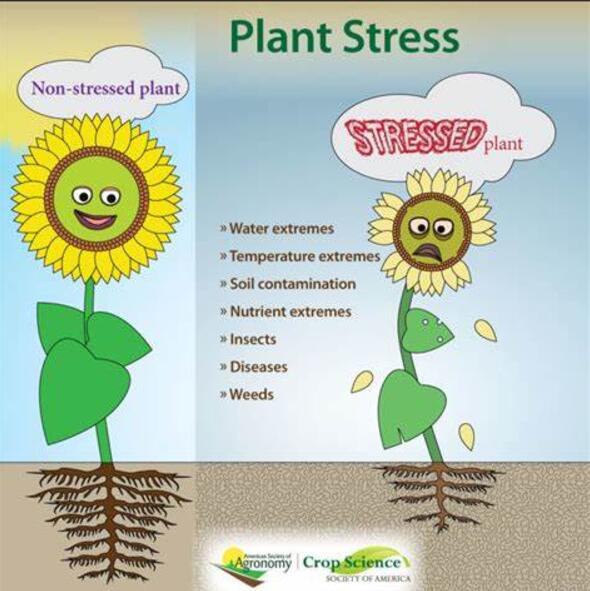LcTRB1, a telomere repeat binding protein, enhances litchi seed development under low temperature by triggering the transcription of LcASHR1
IF 6.8
Q1 PLANT SCIENCES
引用次数: 0
Abstract
The seed development is a crucial step in ensuring a healthy fruit set, and the ultimate seed size is a significant quality feature in fruit crops. Litchi seed development is a fascinating process because of its remarkable plasticity. Previous study has indicated that the partial seed abortion phenotype of litchi cv. ‘Guiwei’ is induced by thermo-sensitive sterility and self-sterility. The comprehension of how genetic background and temperature influence the litchi seed development is limited. Here, we target LcASHR1, a putative histone-lysine N-methyltransferase gene, and LcEMF2, an EMBRYONIC FLOWER 2 gene, that were shown to be more highly expressed in the large seed cultivar ‘Huaizhi’ than in the small seed cultivar ‘Guiwei’. In addition, they were found to be enhanced in response to low temperatures, a condition flavoring the seed development of ‘Guiwei’ seeds. Among them, only the knockdown of LcASHR1 in litchi resulted in tiny seeds and a higher level of seed abortion rate. Conversely, overexpression of LcASHR1 in Arabidopsis lines led to the production of larger seeds. Furthermore, LcTRB1, a putative telomere repeats binding protein, was identified as a upstream transact factor of LcASHR1 by binding to the telo-boxes in the promoter. LcTRB1 expression pattern largely corresponded to litchi seed size. Consistent with previous findings on LcASHR1, it has been observed that LcTRB1 positively affects seed development in both litchi and arabidopsis. Overall, our results indicated that LcTRB1 is linked with litchi seed development probably by modulating the expression of LcASHR1.
求助全文
约1分钟内获得全文
求助全文
来源期刊

Plant Stress
PLANT SCIENCES-
CiteScore
5.20
自引率
8.00%
发文量
76
审稿时长
63 days
期刊介绍:
The journal Plant Stress deals with plant (or other photoautotrophs, such as algae, cyanobacteria and lichens) responses to abiotic and biotic stress factors that can result in limited growth and productivity. Such responses can be analyzed and described at a physiological, biochemical and molecular level. Experimental approaches/technologies aiming to improve growth and productivity with a potential for downstream validation under stress conditions will also be considered. Both fundamental and applied research manuscripts are welcome, provided that clear mechanistic hypotheses are made and descriptive approaches are avoided. In addition, high-quality review articles will also be considered, provided they follow a critical approach and stimulate thought for future research avenues.
Plant Stress welcomes high-quality manuscripts related (but not limited) to interactions between plants and:
Lack of water (drought) and excess (flooding),
Salinity stress,
Elevated temperature and/or low temperature (chilling and freezing),
Hypoxia and/or anoxia,
Mineral nutrient excess and/or deficiency,
Heavy metals and/or metalloids,
Plant priming (chemical, biological, physiological, nanomaterial, biostimulant) approaches for improved stress protection,
Viral, phytoplasma, bacterial and fungal plant-pathogen interactions.
The journal welcomes basic and applied research articles, as well as review articles and short communications. All submitted manuscripts will be subject to a thorough peer-reviewing process.
 求助内容:
求助内容: 应助结果提醒方式:
应助结果提醒方式:


